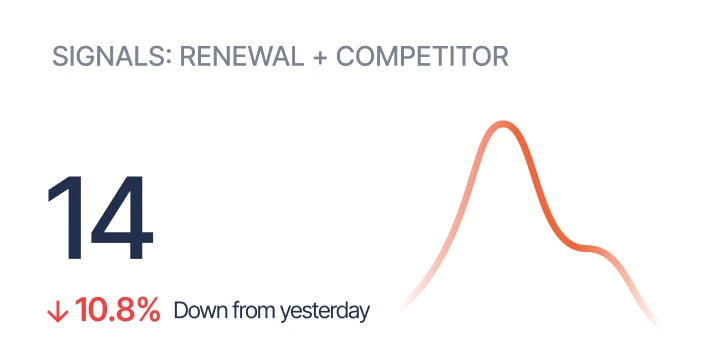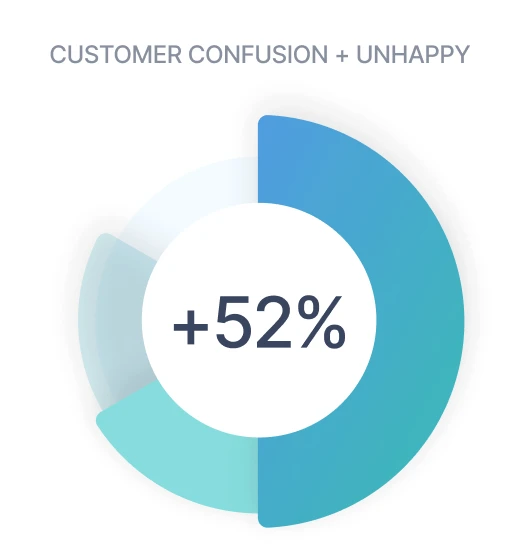Teams at payroll companies interact with hundreds of customers every month via email, chat, support tickets, video calls, surveys, etc. Everyday customer conversations create an enormous and ultra-valuable data set.
On average, a $10m payroll company produces more than 10,000 customer conversations every month. Nearly 20% of those conversations contain valuable information that teams can use to improve client retention rates and improve the overall customer experience.
Stay competitive. Start improving processes, relationships, and revenue by using the most valuable data you already have: the conversations you’re having every day with customers.
Save your spot. Register now.
Join Sturdy’s CRO, Joel Passen (Paycor, Newton), for 30 minutes to see how innovative teams are leveraging customer conversations to impact the top line with Sturdy’s modern customer intelligence solution to:
- Gather valuable customer intelligence at scale
- Automate repetitive, inefficient, yet critical tasks
- Turn the voice of the customer into actionable outcomes
.avif)
.png)

.png)
.png)







